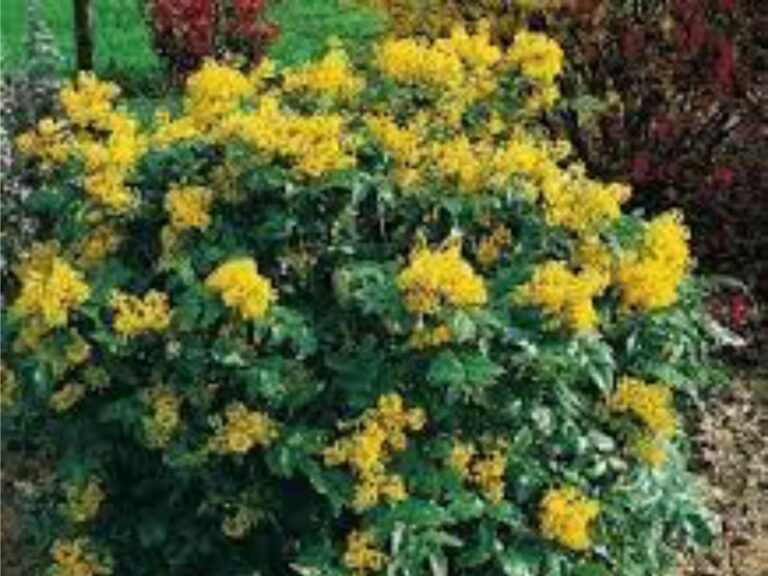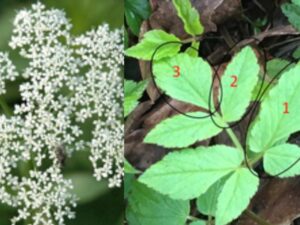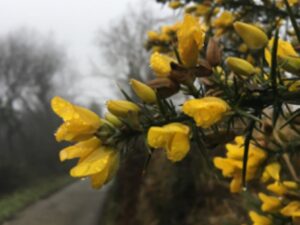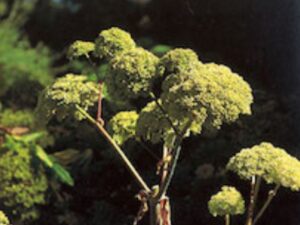Oregon Grape – Mahonia aquifolium
What a fabulous plant, its small yellow flowers shining like a beacon in dull old January – Mahonia aquifolium, AKA mountain grape or Oregon grape.
This is a trailing shrub indigenous to the Rocky Mountain region of Nebraska and British Columbia, so not a native plant for us in the UK – but having said that, I see it growing everywhere in gardens and parks and town centres. It must be its out-of-season flowers and pretty-shaped leaves that make it so well-used by gardeners and landscapers.
Mahonia was traditionally used by Native Americans to treat fevers, indigestion, gout, rheumatic and renal and biliary disease. Today, modern herbal medicine uses the roots, rhizomes and sometime the fruit mainly for psoriasis, eczema and gastritis. Modern research has found that mahonia contains alkaloids which are powerful antimicrobial and antifungal agents, and which inhibit the growth of abnormal skin cells, which explains its more modern successful use for skin diseases.
European folklore mentions mahonia used as a form of spiritual protection; three branches were placed over a threshold to keep enemies away, and a small piece would be carried on a person as a talisman, providing defense against negative energies and promoting positivity. I think I will plant one in my front garden as it is a healing plant that will grow in partial shade, give sweet-scented flowers in the depth of winter and bring me positive energies! What more can a herbalist ask for?
Nadia Kingsley is a published writer and poet who has kindly offered to grace my herbal blogs with her unique art. So each month she will be challenged by writing a piece on my herb of the month for your stimulation and enjoyment.
Happy new year to you all.
Jayne
And finally
On a wintry woodland walk “That’s not a holly bush” she informs “Look there- at its spears of yellow flowers. And if you come back in a month or more – you’ll see that its berries are blue, not red. Did you know,” she adds, “that the berries are actually edible? You can make wine, or brandy”. “Is that why it’s called the Oregon Grape?” I ask. She’s impressed. I’ve been googling the plant, behind her back, as we walk one-by-one down the narrow wooded path, and I now read out: “It’s part of the Barberry family. Did you know”, I add, “that the leaves’ undersides are tartan?” “That’s Burberry” she says, as she gives me such an icy look, it’d wither even the Mahonia aquifolium – which is, by the way, evergreen.




